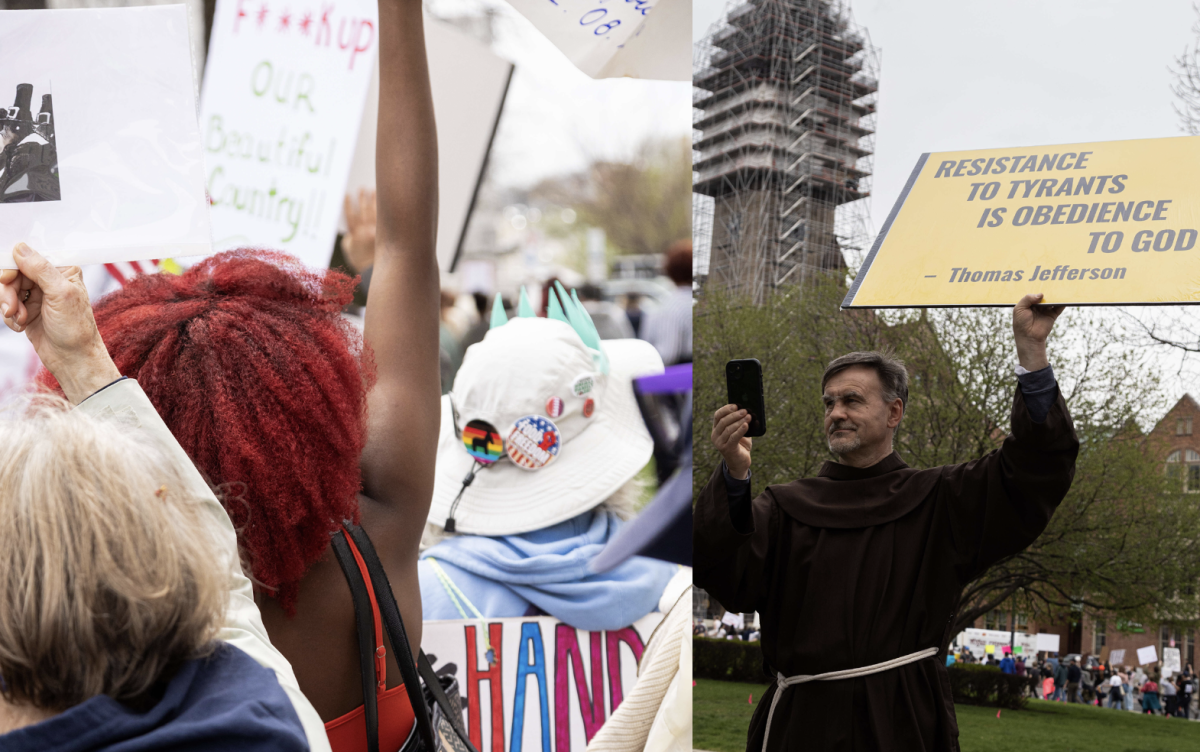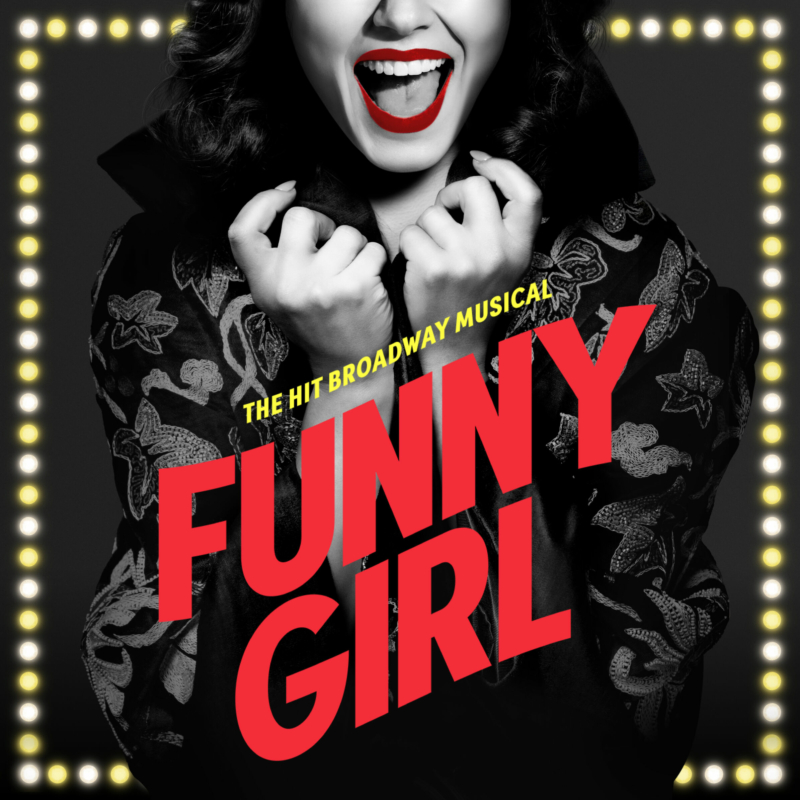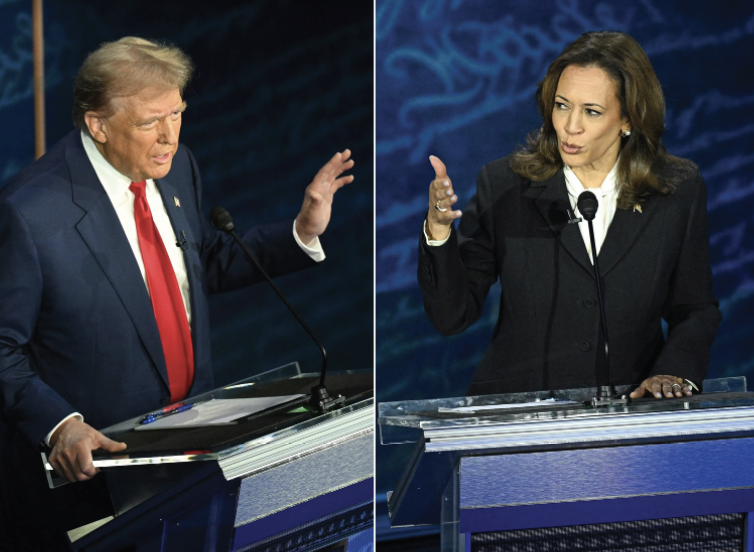The recent Oppenheimer screening hosted by the Templeton Institute on February 13th didn’t just showcase Christopher Nolan’s blockbuster cinematic endeavor; it ignited a storm of discourse surrounding its portrayal of historical events and the directorial choices that shaped the narrative. Amidst the buzz, attendees found themselves immersed in discussions and panels that traversed the interdisciplinary realms of film, history, science, and theater, delving deep into the inception of the atomic bomb and its profound impact on humanity.
At the heart of the event was Nolan’s biographical drama, which meticulously chronicles the life of J. Robert Oppenheimer, the figure at the forefront of the Manhattan Project. The film wove threads of personal struggles, scientific pursuits, and alleged political affiliations, and served as a catalyst for probing analyses from viewers, many of whom brought with them a foundation laid in courses like STS 101. This allowed attendees to consider the intersection of science and the arts through the lens of film and history.
Nolan’s directorial prowess was a focal point of discussion, with attendees dissecting his stylistic choices with the precision of, one might say, a nuclear physicist. The frequent use of close-up shots, particularly the haunting zoom-ins on Oppenheimer’s visage, served to amplify the character’s internal turmoil, while the strategic manipulation of lighting and color palettes lent an air of gravitas to pivotal moments in the narrative.
Yet, it was the immersive theater experience that truly elevated the viewing to a transcendent level. Witnessing the subtle nuances of performances unfold on the expansive screen harnessed the power of cinematic storytelling to evoke visceral reactions and stir profound rumination. One cannot overlook the moment of Lewis Strauss’s epiphany, brought to life by Robert Downey Jr., which left a mark on the collective consciousness of the audience.
However, despite the accolades for technical achievements, a critical note emerged in the discourse surrounding the film’s treatment of female characters. Florence Pugh and Emily Blunt, both phenomenal actresses in their own right, found themselves on the sidelines of the movie, prompting reflection on the broader issue of gender representation in historical dramas. Questions regarding the narrative’s failure to fully explore the multifaceted roles that women played in shaping the events depicted on screen were considered and discussed among attendees as potential sources of tension.
In conclusion, while the Oppenheimer screening succeeded in resurrecting a pivotal chapter in scientific history, it also laid bare the complexities inherent in the intersection of art, science, and history. As audiences and scholars grapple with the implications of cinematic storytelling, it becomes all the more imperative for nuanced narratives that reflect the diversity of human experience. In the ongoing quest for truth and understanding, it was concluded that filmmakers ought to embrace the responsibility of inclusive storytelling, ensuring that all voices, regardless of gender or background, are heard and honored on the silver screen.











